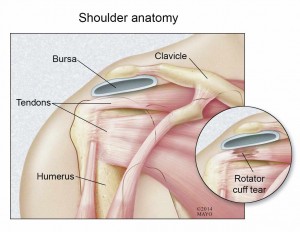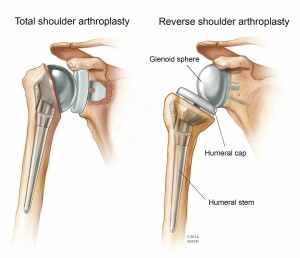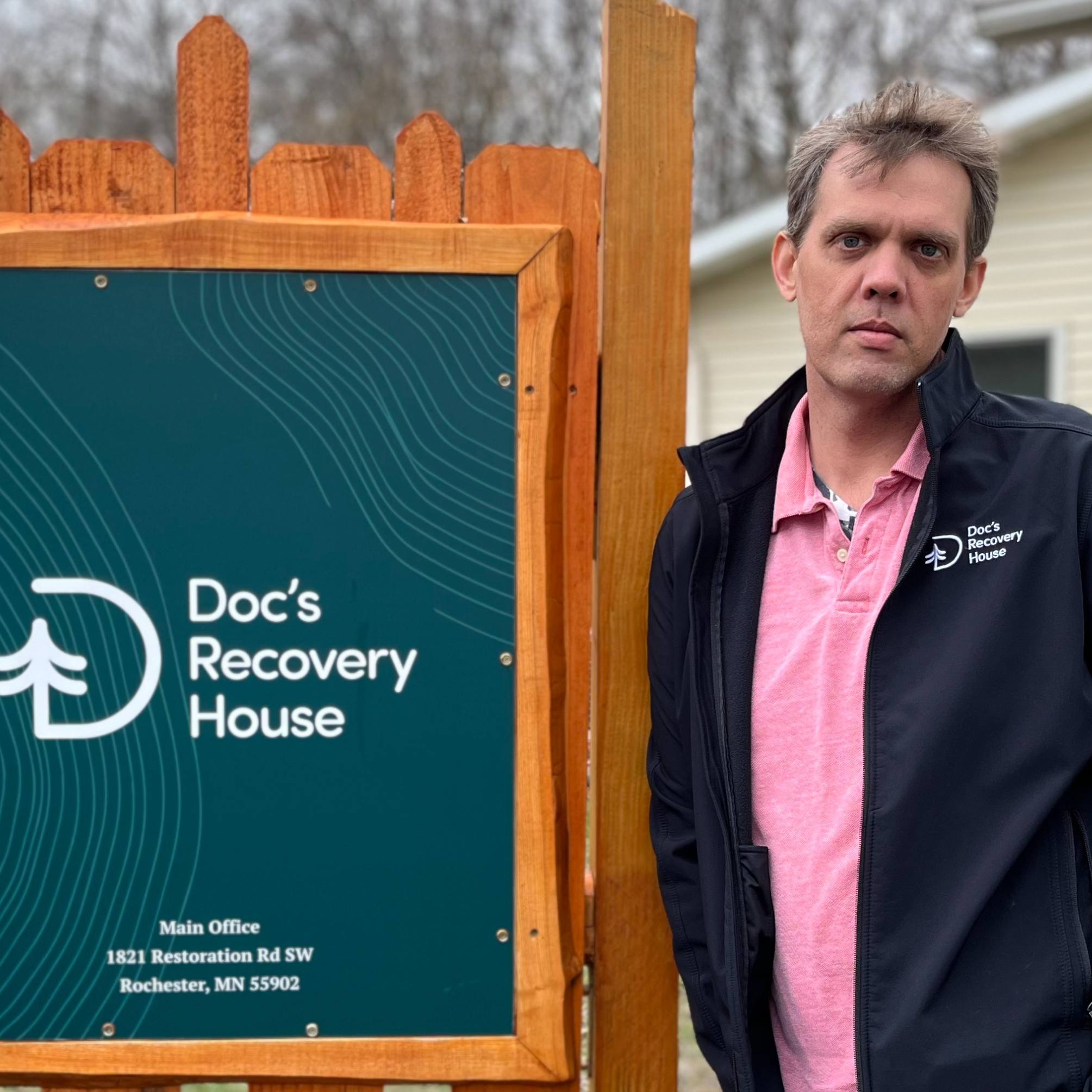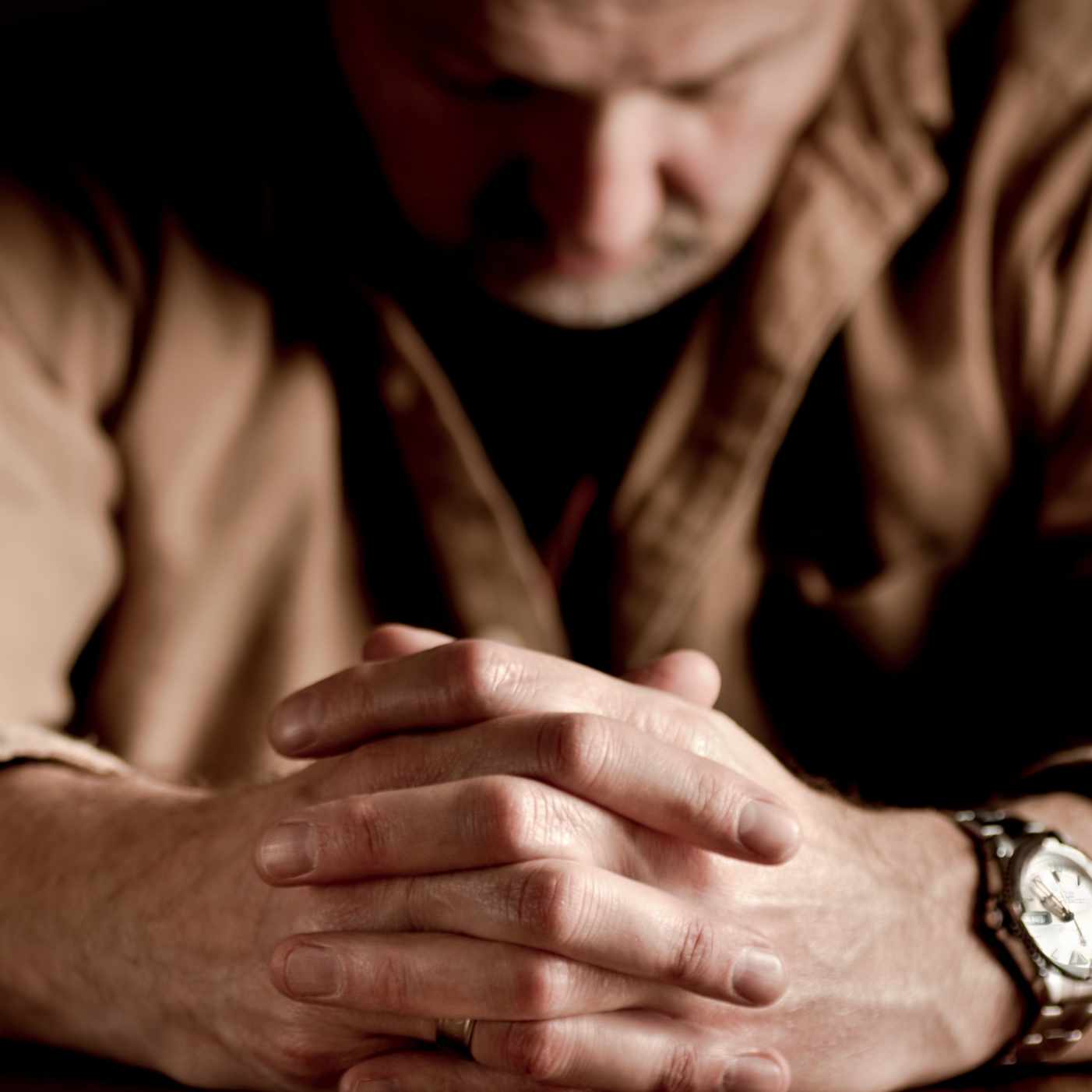-
Health & Wellness
Tuesday Q and A: Reverse shoulder arthroplasty may be best option for patient with torn rotator cuff and arthritis
 DEAR MAYO CLINIC: I have severe arthritis in my shoulder. I recently found out my rotator cuff is also torn. I can’t lift my arm much anymore without a lot of pain. My doctor recommends reverse shoulder arthroplasty. What does this surgery involve? How successful is it for someone in my situation?
DEAR MAYO CLINIC: I have severe arthritis in my shoulder. I recently found out my rotator cuff is also torn. I can’t lift my arm much anymore without a lot of pain. My doctor recommends reverse shoulder arthroplasty. What does this surgery involve? How successful is it for someone in my situation?
ANSWER: Reverse shoulder arthroplasty is surgery used to replace a damaged shoulder joint. The procedure differs from standard shoulder replacement surgery because it switches the shoulder’s normal ball-and-socket structure around to allow for more stability in the joint after surgery. Reverse shoulder arthroplasty is particularly useful for people like you who have a damaged rotator cuff along with shoulder arthritis. In such cases, this surgery often can effectively reduce pain and increase shoulder mobility.
Your rotator cuff is a group of muscles and tendons that surround your shoulder joint. They hold the joint in place and help you raise your arm. When tendons in the rotator cuff tear, it often leads to pain and weakness in the shoulder joint.
In some cases, torn rotator cuff tendons can be surgically repaired. But when they are severely damaged, especially if arthritis also affects the joint, reverse shoulder arthroplasty may be a better treatment choice.
In your natural shoulder joint, the top of your arm bone fits into a socket on your shoulder blade. During reverse shoulder arthroplasty, that ball-and-socket mechanism is reversed. A surgeon attaches an artificial ball to the shoulder blade. An artificial socket is attached to the top of the arm bone. The new socket is fitted against the new ball to allow smooth movement. The tissue is sewn together around the joint, and the incision is closed. After surgery, the large deltoid muscle that covers your shoulder typically is able to move the arm.
The surgery usually takes one to two hours and requires an overnight hospital stay. As with all surgeries, reverse shoulder arthroplasty carries some risks, including bleeding and infection.
After the surgery, you need to have your arm in a soft sling for several weeks. Physical therapy is often recommended after reverse shoulder arthroplasty, but most people can complete that therapy at home. The stitches placed during surgery dissolve on their own, so a follow-up procedure to remove them is not necessary. Full recovery can take up to several months.
The results from reverse shoulder arthroplasty usually are quite good. In approximately 90 percent of cases, people who have this surgery experience significant pain relief, and their ability to move their arm increases substantially.
Compared to other forms of joint replacement surgery, such as hip and knee replacement, reverse shoulder arthroplasty is relatively new. It was introduced in the United States in 2004, although it was available in Europe for about a decade prior to that. Currently in the U.S. only a handful of specialty health care facilities, including Mayo Clinic, do a high volume of these surgeries each year.
With that in mind, if you decide to pursue reverse shoulder arthroplasty, it is a good idea to find an orthopedic surgeon who specializes in shoulder replacement and who is familiar with performing this specific type of shoulder surgery. In the hands of an experienced surgeon, reverse shoulder arthroplasty can be a very effective treatment option for people in your situation who are dealing with both a rotator cuff injury and shoulder arthritis. — John W. Sperling, M.D., Orthopedics, Mayo Clinic, Rochester, Minn.







